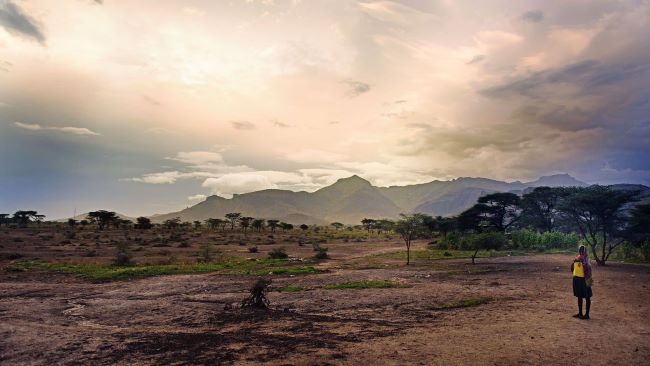KAMPALA The Climate Prediction and Application Centre [ICPAC], a weather agency in the Eastern Africa region has predicted rather extreme weather conditions in the region running June to September 2023.
The body reports that extreme dry conditions are predicted across the northern parts of the Greater Horn of Africa, with countries including Djibouti, Eritrea, central and northern Ethiopia, western Kenya, northern and north eastern Uganda, and much of South Sudan and Sudan are expected to receive insufficient rainfall until the end of September 2023.
The body forecasts that all the months running from June to September are likely to experience increased warmer than usual conditions with more intensity in northern Sudan, parts of southern and central to western Ethiopia, central and northern Kenya, central and northern Somalia and the coastal parts of Tanzania.
The Director ICPAC, Dr. Guleid Artan heighted that, under normal circumstances, these regions have always been receiving their annual rainfall totals up to 50 percent during this period, but with the extreme weather changes, these effects have set in.
He called for increased vigilance by the government and aid agencies to save populations from the defects of the extreme weather due to likelihood of crop failure, causing food insecurity and hunger in extreme cases.
“As the conditions we forecast could very well increase food insecurity in the region. Depressed rainfall, coupled with warmer than usual temperatures, are likely to affect crop productivity, with the risk of crop wilting and a hastened decline in pasture and water availability,” he says.
In the situation ahead, it is predicted that at least 49 million people are threatened with food insecurity, especially in Djibouti, Eritrea, Ethiopia, Kenya, north eastern Uganda, and South Sudan as well as Sudan which is worsened by the internal conflict that has caused an acute refugee situation.
The body mean while predicts a volatile situation in the preceding months with violent rains envisaged as transitional La Nina to El Nino at the end of September 2023, warning governments to take caution.
The body reports that in such situations, there will be no indication on strength or duration but a violent situation is predicted. This is likely to cause landslides, flooding and mud slides in the prone areas while low lands would be affected by flash floods, which are also expected to affect more the equatorial parts in Eastern Africa region.
https://thecooperator.news/fighting-climate-change-farmers-urged-to-embrace-agroecology/
Buy your copy of thecooperator magazine from one of our country-wide vending points or an e-copy on emag.thecooperator.news
